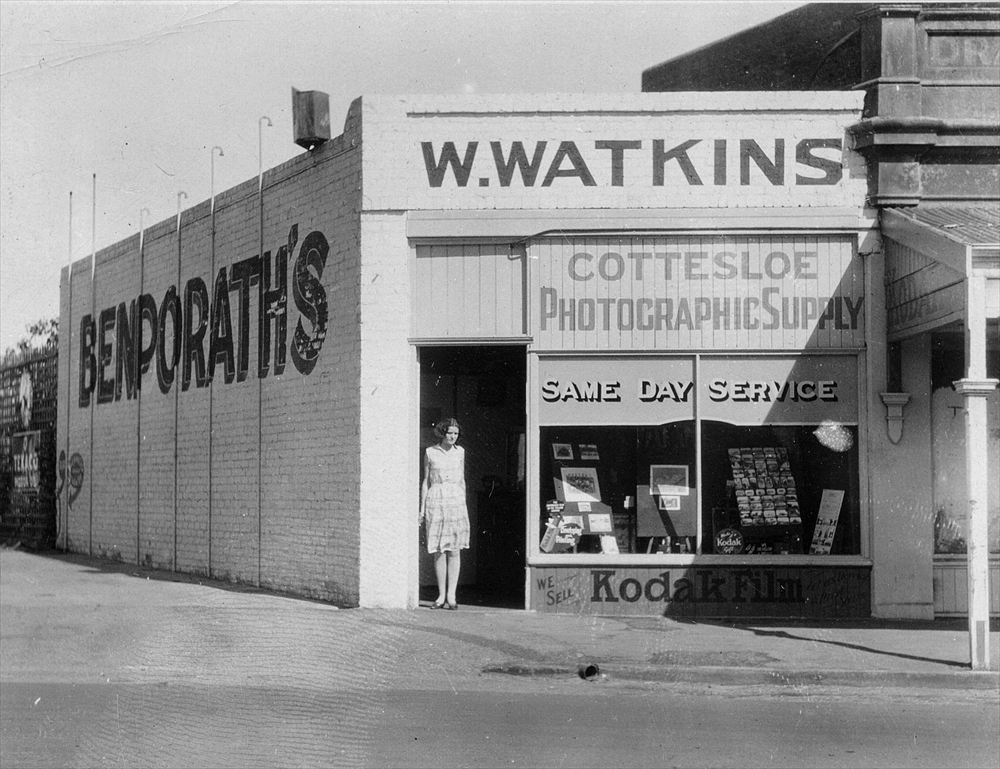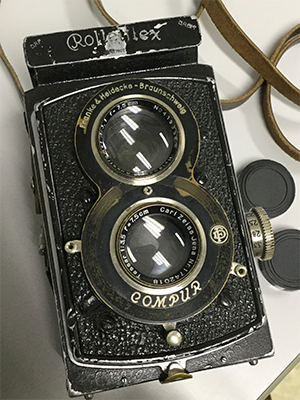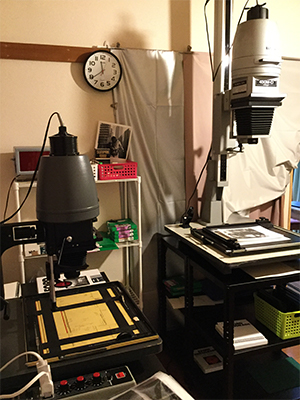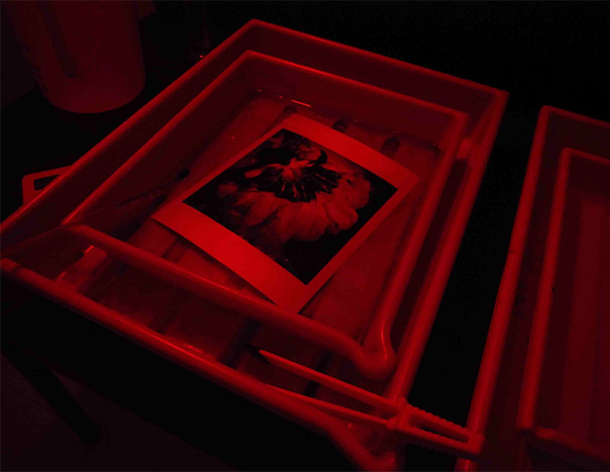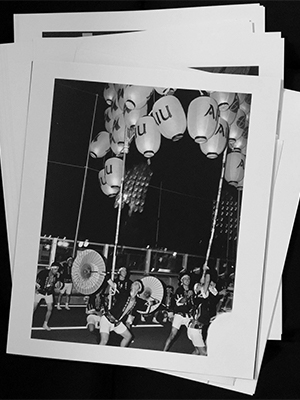365体育备用网址_365体育博彩-直播|官网
AIU Voices
【Faculty Voices】 Episode 7: “Photography” – Dr. Clinton WATKINS
You may have seen the faces of our faculty members, be it in a face-to-face classroom, an online classroom discussion, the university brochure, or possibly, through their professional outputs. But do you know how they really are as an individual?
This Faculty Voices series aims to acquaint you with some of our unique faculty members in the form of a relay essay by the faculty themselves. You will have a chance to get a glimpse of the faculties’ personal agenda, concept on life, philosophy, and memories, as well as their area of profession and research theme.
The seventh episode of the Faculty Voice Series is from Dr. Clinton WATKINS.
Dr. Watkins was born in Perth, Australia and studied economics at the University of Western Australia, and graduated with a Ph.D. on the empirical finance of commodity futures markets in 2003. Dr. Watkins managed several businesses and worked as an economist while completing his studies. Then he moved to Wellington to join the Reserve Bank of New Zealand, and later to Tokyo to work for Barclays Global Investors and BlackRock. Dr. Watkins first joined AIU as an Associate Professor in 2014 and was a Visiting Professor from 2015-19 while also serving as a faculty member at Kobe University. He has been Professor and Director of the Global Business program since March 2020.
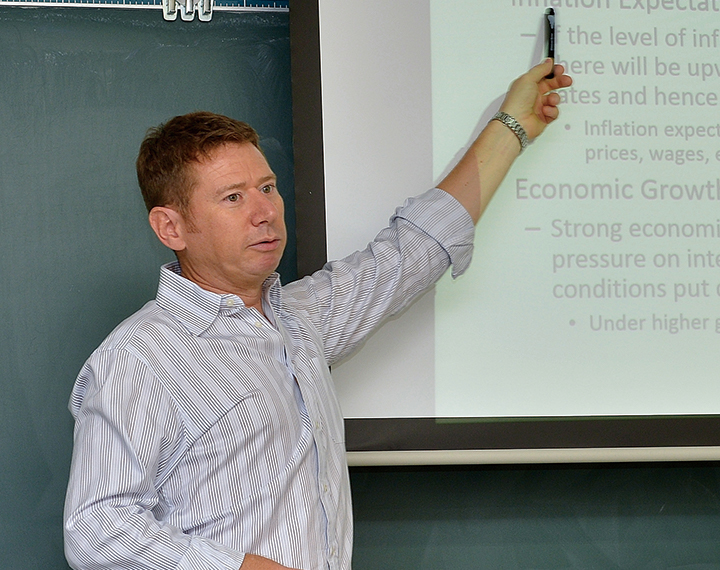
Photography
If you have visited my office, you may have noticed many photographs pinned to the walls. Photography has always been an interest of mine, and some might say it has become an obsession. I prefer to use black and white film and old, fully manual cameras, and to make prints in a traditional darkroom. I will try to explain it to you in this post.
I first learned about photography from my family. My father was a keen photographer, both as an amateur and a professional in journalism, advertising, and public relations. As a young child, I would often accompany my father to the south-west of Western Australia. These trips were to do research and make photographs for a magazine called Forest Focus, compiled by my father and published by the Forests Department of the Western Australian Government. The pictures would be of magnificent trees, wildlife, and rivers, but also the impacts of mining on the environment. Later my father had a lithographic printing business, and I worked in the darkroom there. My grandfather had also been a keen photographer. He ran a photo print-making and photography supplies business in the 1920s and 1930s, later sold to Kodak.
My grandfather took this picture of his photographic business in 1928.
While I was in high school, I took pictures using my father’s fully manual Nikon FM camera. I developed rolls of film at home and made prints in the school’s lab. However, while studying at university and working concurrently, I didn’t have much time for photography. On moving to Japan in 2008, I was disappointed that I had not taken many photographs during my previous five years working in Wellington, New Zealand. At that point, I decided to be more active in photography. Living in a new city provided an excellent opportunity to observe and document my surroundings.
People often ask me similar questions about photography. What do I take pictures of? The answer is almost anything, but most often people and their activities, cityscapes, landscapes, still life or various kinds of objects. Why do I take pictures using film? This is a more difficult question, but the answer would include several key points. Shooting with film is challenging; the photographer must envisage or imagine what a picture will look like as a print. The picture can only be viewed later once the film is developed. There is the inherent randomness that is part of analogue technology. Film cameras are interesting picture-making tools. Most old film cameras can still be used if in good condition. Each different type of camera influences how the photographer takes pictures. Focus, aperture and shutter speed settings are usually determined manually. Finally, the physical process of developing film and making prints is both enjoyable and challenging as it requires a combination of creativity and knowledge of physics and chemistry. People who like to make pictures as a hobby use the picture-making tools they enjoy, whether that is a pencil, a paint brush, a film camera or a new digital camera.
A Rolleiflex Standard manufactured in Germany in 1935.
Photographers often possess a small collection of cameras, and I am no exception. The oldest camera that I use, a Rolleiflex Standard, was made in 1935, while the youngest is a medium format FujiFilm produced in 2012. My largest camera is a Linhof Technika that takes pictures on four-inch by five-inch sheets of film, and my smallest is a Robot Star that exposes a 24-by-24 millimetre square frame. The most interesting thing about film cameras is their diversity. Camera and lens manufacturers competed fiercely during the film era and applied many different innovative concepts to their products. Equipment is also required to develop film and make prints. Black and white film can be processed easily in the bathroom or kitchen at home using a dark-bag, developing tank and chemicals (developer, stop bath and fixer). Print-making requires an enlarger and a room that can be made completely dark, as well as trays for developing prints with chemicals.
Fujimoto Lucky 90M-D and 450M-D monochrome enlargers used to produce prints from film negatives.
Developing a print on black and white photographic paper in the darkroom under a red safe-light.
Another part of the hobby is looking at photographs made by other people. Photographers often have their own unique ways of “seeing” and depicting their subjects. It is even more interesting to see how photographers convey an idea or feeling through a series of photographs. I like to view other people’s work by visiting galleries and looking at photo-books. Some of my favourite photo-books include Figments from the Real World and Public Relations by Garry Winogrand, I am a King and Afghanistan by Tomatsu Shomei, The Ganges by Raghubir Singh, Sea Change by Michael Marten, Akita circa 1955 by Iwata Kosuke, Workers by Sebastiao Salgado, American Photographs by Walker Evans, The Atmosphere of Crime, 1957 by Gordon Parks, David Goldblatt: Photographs 1948–2018 by David Goldblatt and Human Memory by Suda Issei. I also recommend Errol Morris’s exploration of how we perceive and think about photographs, Believing Is Seeing: Observations on the Mysteries of Photography.
Black and white prints of the Kanto Matsuri shot in Akita City.
Japan has a great history of photography, a large cohort of active contemporary photographers, and many photo galleries. Several famous photographers have focused their attention on Akita and nearby prefectures. Hamaya Hiroshi published a very well-known book in 1957, Ura Nihon, of his pictures taken in prefectures along the Sea of Japan. Kimura Ihei is well known for his work in Akita, also in the 1950s. Everyone who has been to Akita is likely familiar with his popular picture of a girl in a rice field. You can’t miss it at the airport and around the city. The Kanto Matsuri in Akita City always provides opportunities for fascinating pictures, as do other festivals in small villages nearby. The prefecture’s natural environment and beautiful landscapes change dramatically by season, providing endless visual inspiration. I hope that you may also enjoy taking photographs in and around Akita.
Click here to learn more about AIU faculty.
Click here for more episodes from the Faculty Voices Series.

